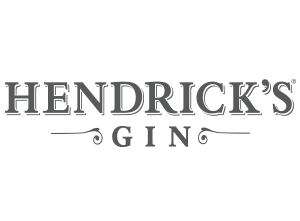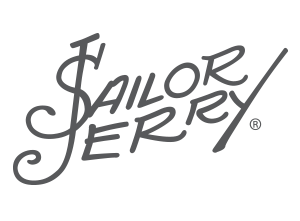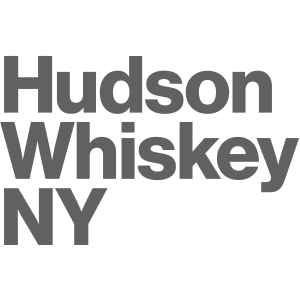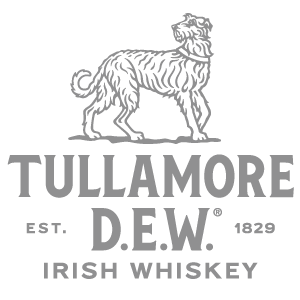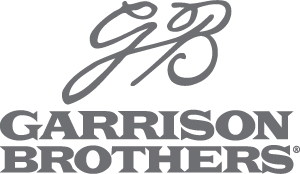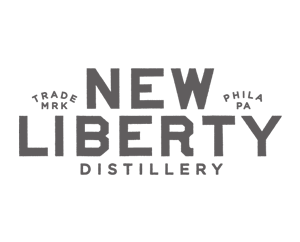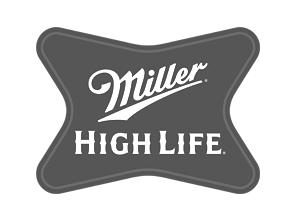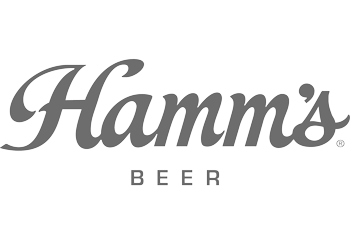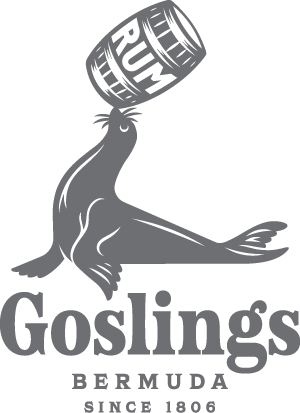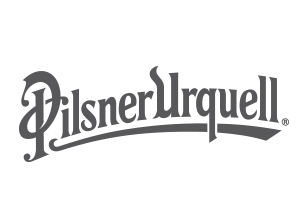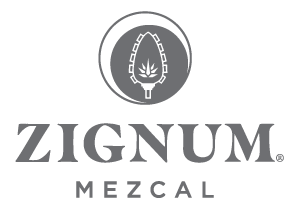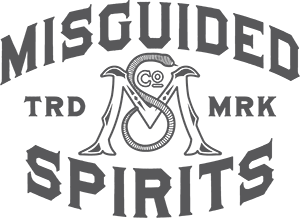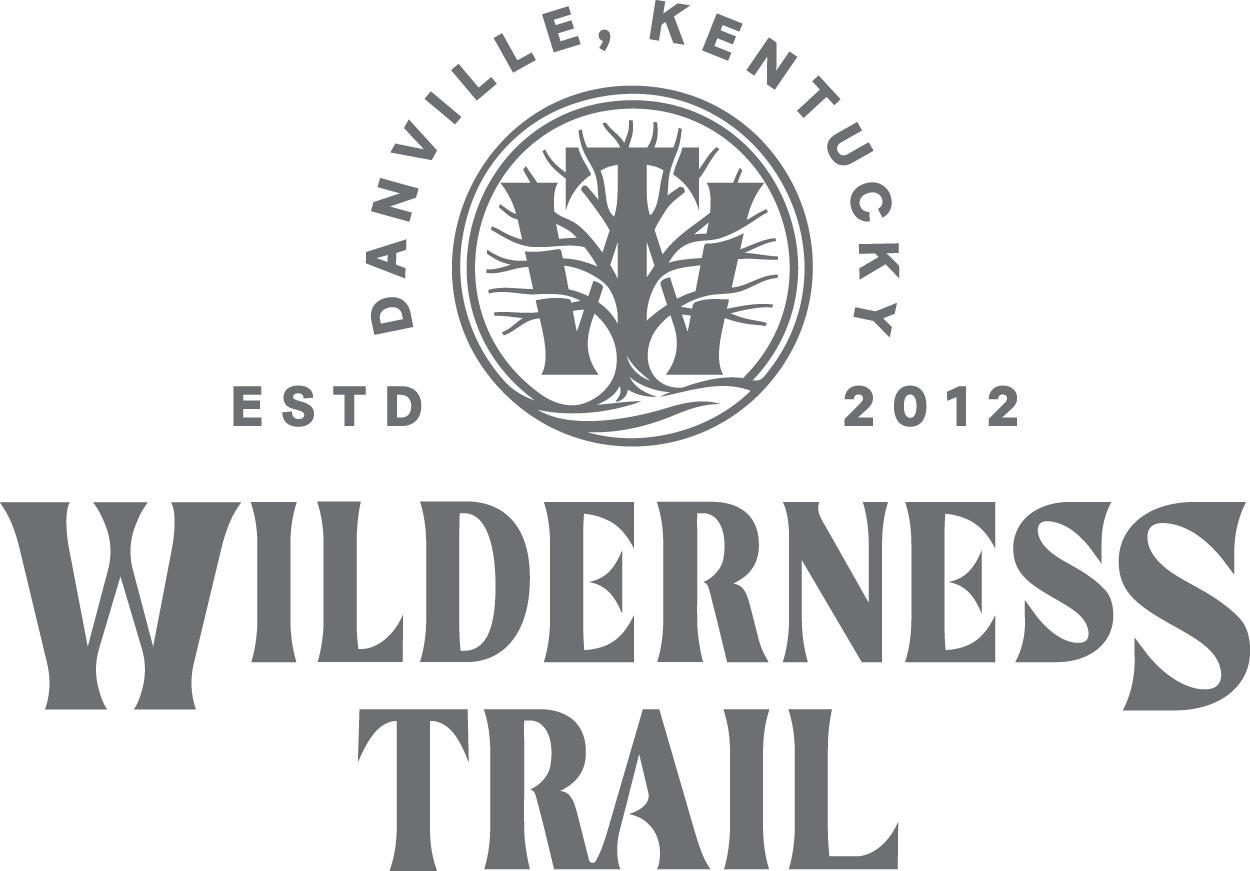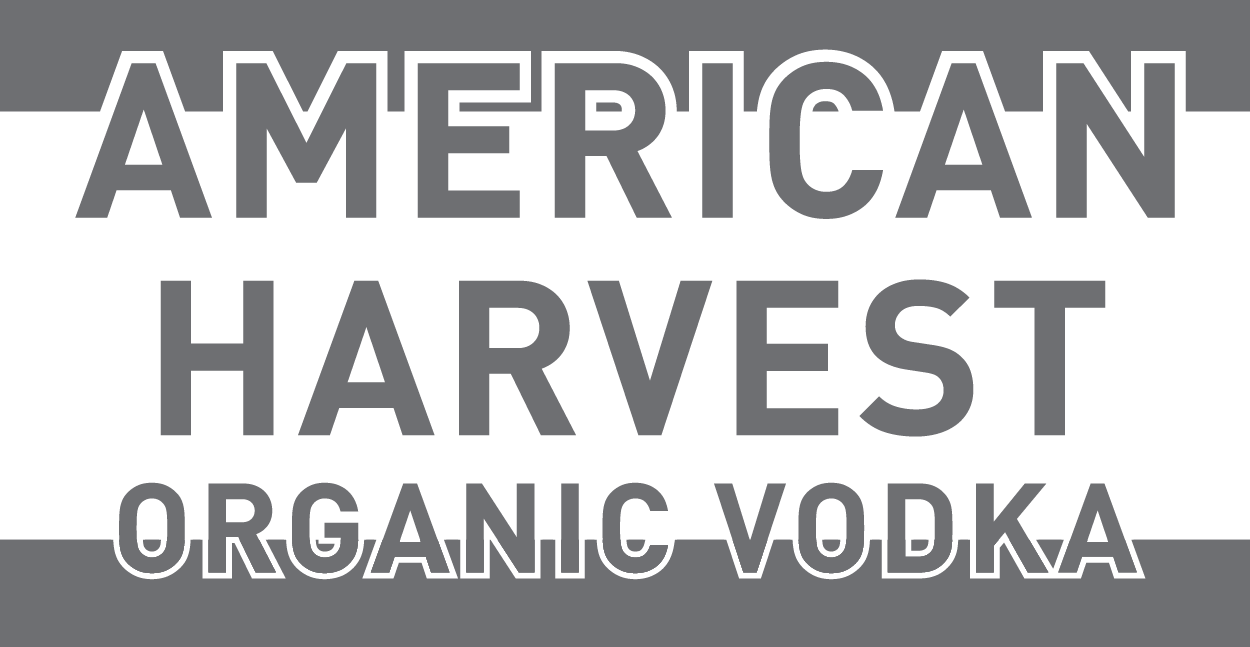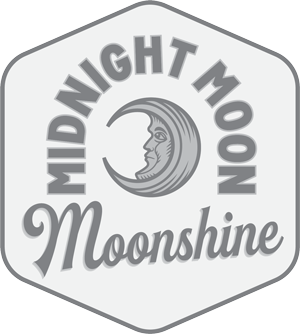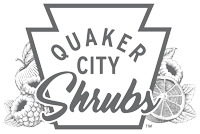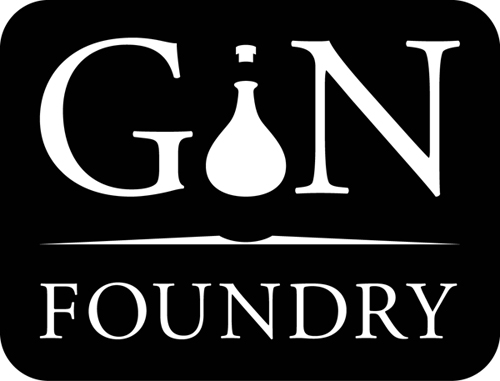Tamworth Distilling’s Apiary & Flora Gin
Written by Gin Foundry


Tamworth Distilling, contrivance of advertising industry figure Steven Grasse, released its first raft of drinks in Summer 2015. The distillery, built on the site of a former inn in the center of Tamworth Village, New Hampshire, prides itself on being a farm to bottle producer, and has a line of gins, vodka and applejack.
Steven Grasse has a history rooted in spirits, he was the conceptual brand father of both Hendrick’s Gin and Sailor Jerry Rum, and with the help of savvy brand teams pushing both, quickly, into big boy territory. The 2008 sale of Sailor Jerry gave enough depth to Grasse’s pockets to allow him to transition away from his ad agency and set up in Tamworth, where he started producing a new line of spirits, entitled Art in the Age of Mechanical Reproduction. William Grant and Sons bought this brand as they did with Sailor Jerry and the distillery evolved to become the workshop it is today.
Grasse is a keen follower of Transcendentalist philosophy that of 19th Century thinkers who placed a strong emphasis on the relationship between nature and society. This has helped shaped Tamworth Distilling’s ideology, and as such the producer has a commitment to both sustainability and the local environment: used grains are sent onto the Sunnyfield Brick Oven Bakery, and botanicals, after distillation, are given new life as food.
Initially, Grasse came up against hostility from the people of Tamworth. In fact, he says it was like something out of a movie. “People would literally avoid us or even make snide comments knowing full well we could hear every word.â€Â The process of winning over the local residents took four years of hard graft.
To help embed them into the local community, Grasse and his family opened up the Tamworth Lyceum, running it as a coffee shop, general store and event space and worked at it meticulously. Eventually, the barriers broke down and they started sharing their plans for a distillery with the locals.
While the distillery is doing well, Grasse says that he doesn’t expect the brand to become a behemoth, as Hendrick’s Gin did with his guidance. He points to the many hundreds of craft distilleries that have opened up in America, the UK and across the world in the last few years. “Why would I buy a big, corporately owned gin when I could get a far more interesting locally made gin? It’s the same thing the big Brewers are experiencingâ€Â he reasons.
As for the future of craft distilling, Grasse points to water. “It’s the key ingredient! This is why we built Tamworth Distilling in Tamworth the distillery sits atop the purest aquifer on the whole East Coast.†He is vociferous in his opinions on the craft label, saying a lot of these so called craft distilleries are located in urban industrial areas and are trucking in industrial grade NGS and using municipal water; “this has got to stop! This is why we built [the distillery] in the middle of nowhere…so we can grow and mill our own grains and forage our own roots and berries in the forestâ€.Â
Tamworth distilling makes its neutral alcohol using grains from its own land. This is not unique but is core to the authenticity and in our opinion, probably the defining factor for the future of the distillery. The base alcohol is distilled in a Vendome 250 gallon still, however the gins are made in different ways.
Apiary Gin itself is made fractionally in a Rotary Evaporator. As the RotoVap is under vacuum, it allows for cold distillation, therefore better maintaining the integrity of some of the more delicate botanicals.
To make the Apiary Gin, individual botanicals are soaked in the base alcohol at varying potencies, then they are distilled separately in the RotoVap, blended together, (then probably stretched with more of Tamworth’s base), then cut with water to bottling strength along to form the (nearly) finished product. The final twist is a judicious addition of honey.
Though Tamworth Distilling likes to use ingredients from as local a source as possible, e.g. poplar from Coos County, New Hampshire and red clover from Tamworth, some elements travel further. The juniper berries, for example, are purchased from an organic cooperative, and originate from Eastern Europe. Localising these products is something Grasse is working on, but provenance over quality is not in the plans.
This is a labour intensive process and adds the value of scarcity to Apiary Gin only 300 bottles are made at a time, and the last batch sold out rapidly. This is no surprise, though – of the spirits released by Tamworth Distilling last summer, Tamworth Garden Apiary Gin proved to be the most popular.
Flavoured with juniper, poplar buds, red clover flower and New England raw honey, Apiary Gin is certainly unique. The smell is sweet and soft, underpinned by a verdant piney note. The honey (this gin is first and foremost an ode the bee) is evident in both the aroma and with its amber glow influencing the colour of the spirit, a feast for the eyes as well.
The first taste that comes through is also the honey, but this sweetness quickly gives way to an underlying pine and gentle citrus. While it doesn’t deviate too far, it does circle back around, leaving a lingering, though far from cloying, sweetness on the palate.
It’s a gin that sips well, so definitely one to try neat. While the label will inform you of it’s 46% ABV, it’s impossibly smooth and makes for a fantastic alternative to a desert wine for a shorter (and more boozy) accompaniment to a cheese dish or even crumble style pudding. We could think it will lend a really strong undercurrent to a honey-based cocktail, like a Bee’s Knees (although this can become overkill so adapt the recipe to go easy on the honey).
Tamworth has also released a Garden Flora Gin. The Flora Gin was distilled differently by macerating the whole ingredients for Flora in the 250 gallon copper pot still over night. They then use a small amount of botanicals in the steam basket to bolster the flavour during distillation. A batch is about 700 bottles at 42% ABV.
The aim for Flora Gin was to capture the essence of these late summer flavors in a floral forward gin. With coriander seed, angelica, geranium, lemon verbena and labdanum, balanced with a slight amount of raw honey in the mix – while juniper may help ground the top notes to an evergreen base note, the other botanicals take center stage in what can only really be described as a progressive take on gin. It’s floral and sweet. A must try but the name really describes the profile so don’t expect something classic here. Ideal as a Gin to use topped with lighter type of tonic water.
Other products in the Tamworth Distilling line up include its White Mountain Vodka, a brandy made entirely from Cortland & McIntosh apples and nifty little gift sets, like Universal Spirit: a 75.5% neutral grain spirit that comes with botanical sachets, allowing users to unlock their creative energies and get making themselves.
In many ways, the design aesthetic and all in a box nature of the Universal Spirit kit is the ultimate showcase of how to do a make your own gift set.
It displays the end game package that no make your own gin brew kit has done to date. While the intention here is not to provide a gin infusion kit, there is no juniper in the botanical sachets, it goes a long way in demonstrating just why the infuse your own kits haven’t picked off yet. You need great quality high proof alcohol, great quality botanicals and assembled in an intricately considered and visually stimulating pack. If Tamworth choose to push them, expect see a lot more of the Universal Spirit Solutions in future
The botanical spirit that we infused here from the “Copiamââ€Â packet incidentally, was very tasty. We’ll admit that some home DIY additions were added (London Borage Honey and Juniper distillate) to compliment the cinnamon, nutmeg and orange peel. We are after all, completely juniper crazed here.
Grasse sounds excited about adding other gins to the roster in the coming years too: “We have some pretty awesome plans for gins in the future. It is a class with seemingly boundless opportunity.â€
Having seen the inside reality as well as ready many of the more published aspects of Grasse’s previous endeavors (working with William Grant and involved in new R&D projects) – having bold and disruptive ideas is in our opinion, his hallmark.
This is evident in the progressive flavour profile of Apiary and Flora Gin. His previous experience is also apparent in the distillery’s identity evolving as a counter proposal brand, while also harnessing the ability and knowhow of meticulous presentation, along with the carefully crafted aesthetics that typically only larger brands are capable of achieving (with their considerably larger budgets).
This influence can also be seen in Tamworth’s firm grasp on trends playing out within food and drink industry too. Given their stance is clear – it is about pushing more conscious consumption, based around transparency, grain to glass, provenance and smaller batch but higher quality – we for one, are looking forward to seeing how they progress!
See full article here: http://www.ginfoundry.com/gin/apiary-gin/
